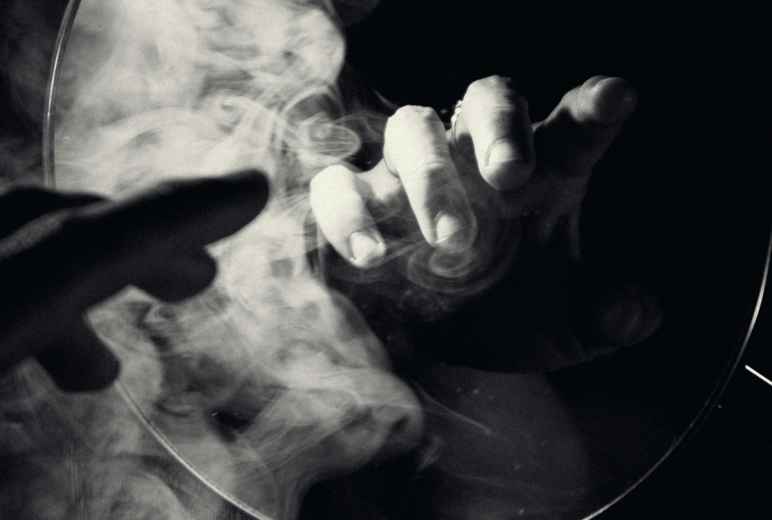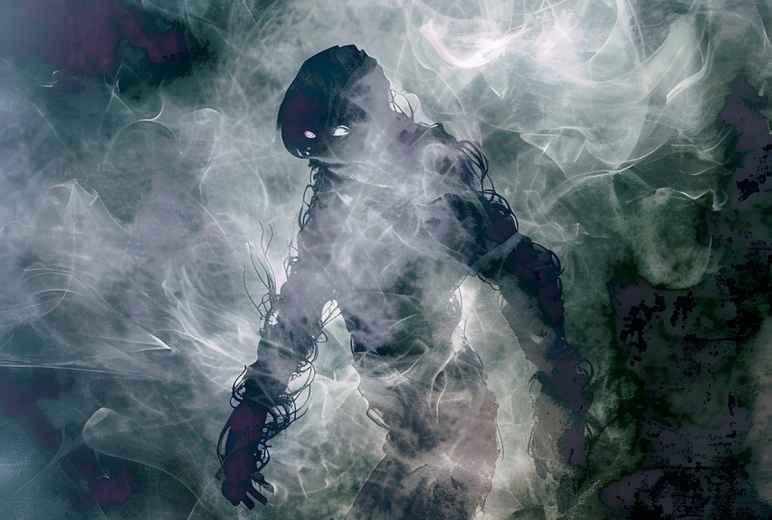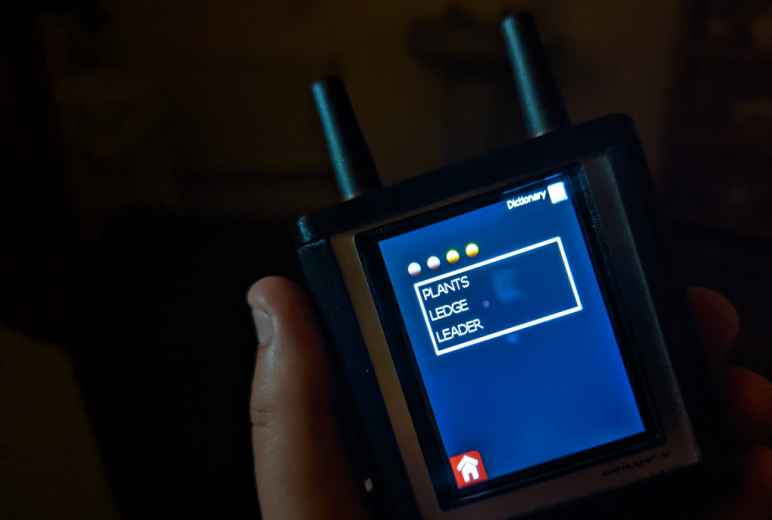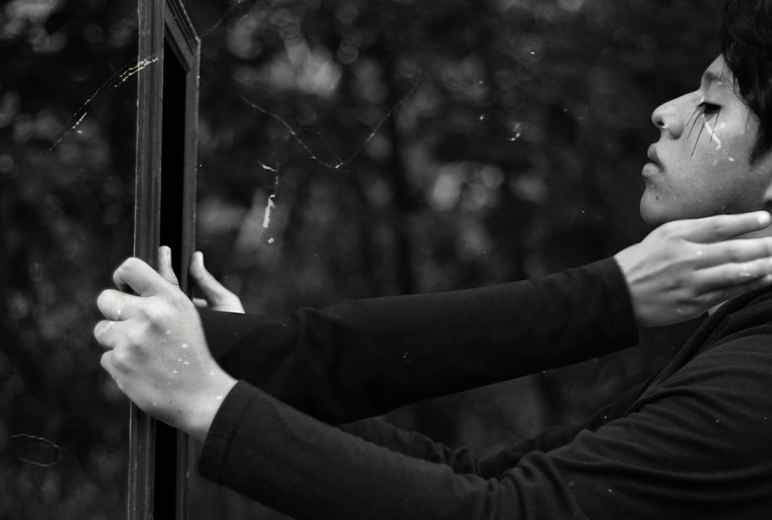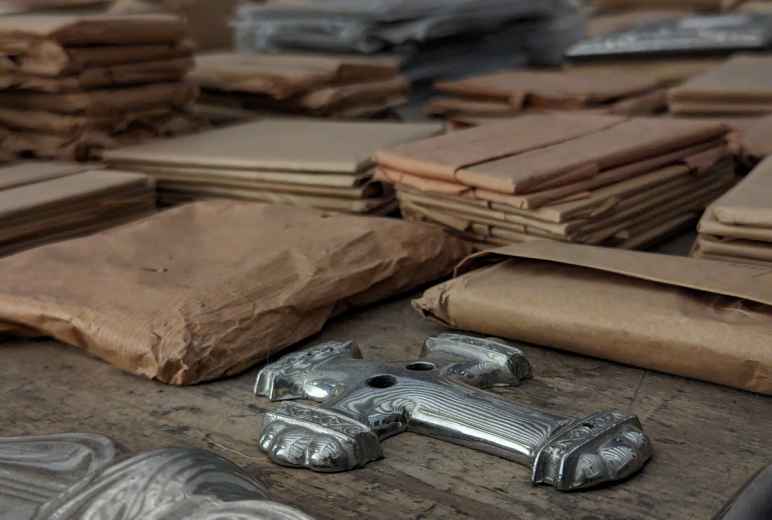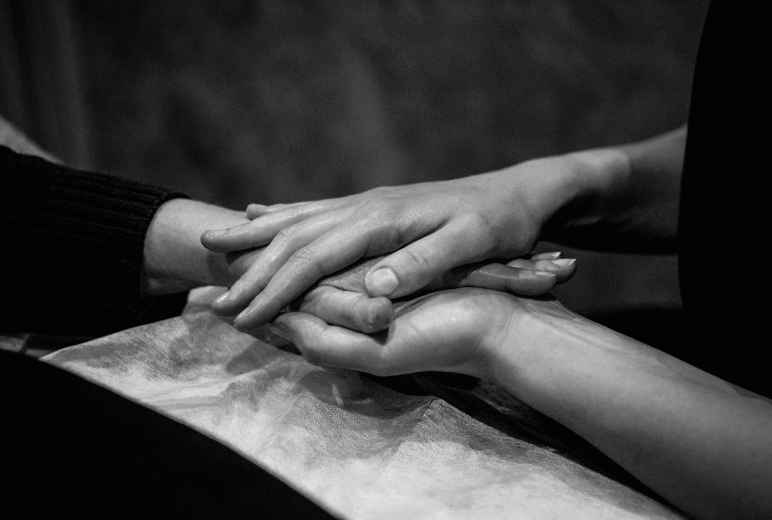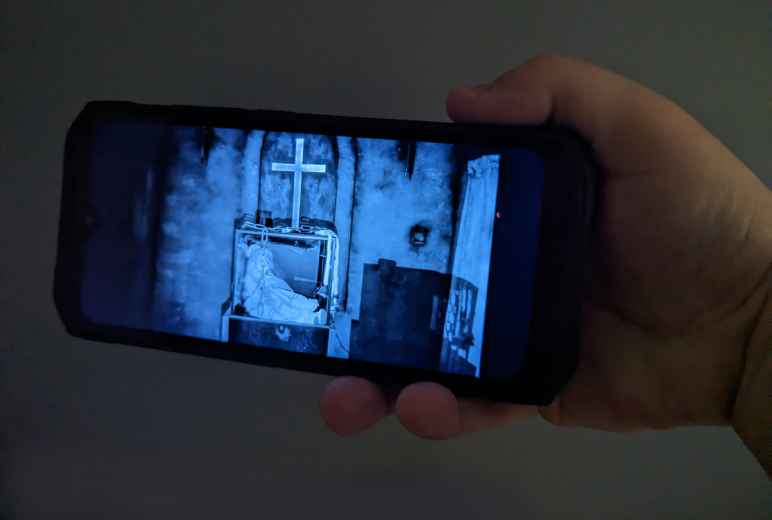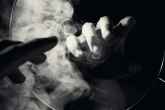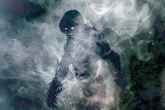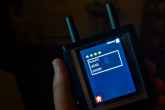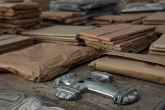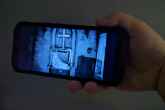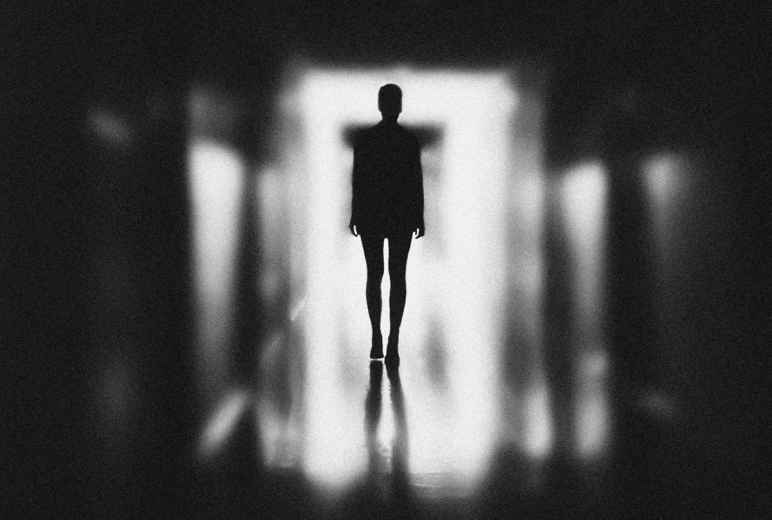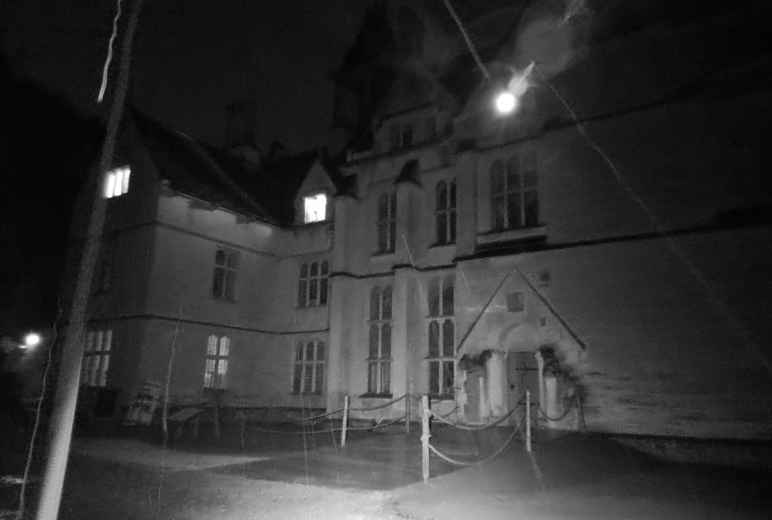The History Of Ectoplasm & Its Diminishing Role In Modern Paranormal Research
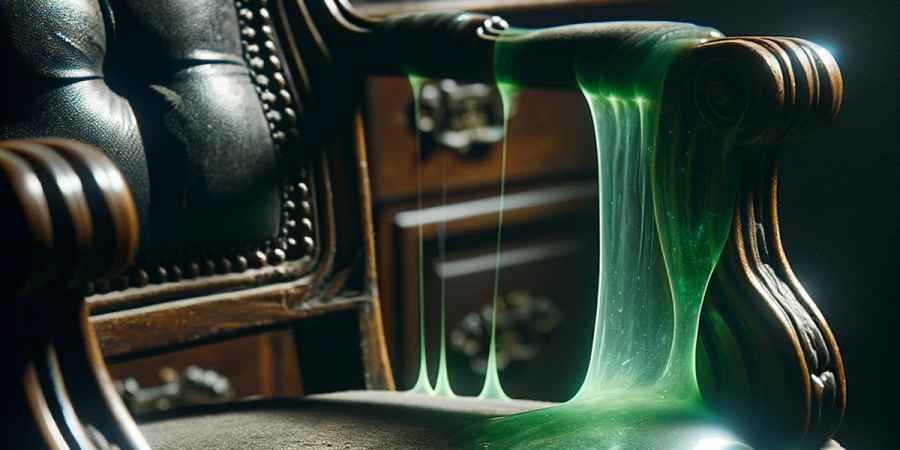
Today, many people will think of ectoplasm as a viscous oozing slime, thanks to its depiction in 'Ghostbusters', but historically, ectoplasm often took on a more solid or defined form and is rooted far deeper in history, specifically in the séances of the Victorian era.
This mysterious substance, once a cornerstone of spiritualism, was said to take many different forms. Gustav Geley and Arthur Conan Doyle, prominent figures in psychical research, described ectoplasm as highly variable, sometimes appearing vaporous, paste-like, like fine threads, or even a fabric-like tissue. Despite these descriptions, scientific analysis of supposed ectoplasm samples has revealed them to be non-paranormal substances.
Ectoplasm was purported to be a physical manifestation of spirits, typically started off as transparent or invisible, only becoming visible and more substantial when charged with psychic energy. Mediums during séances claimed that this substance, which could appear in various forms like gauze, a wispy vapor, or a solid mass, was produced by their bodies as a result of spiritual energy or the presence of ghosts. It was often white in colour and could assume various shapes, including limbs, faces, or entire human-like forms.
The concept of ectoplasm was brought to the forefront by Charles Richet, a Nobel Prize-winning French physiologist, in 1894. The term itself is derived from the Greek words 'ektos' (outside or exterior) and 'plasma' (something formed or moulded), suggesting an external, physical manifestation of something internal and unseen.
Quite how spirits can take on a tangible form or create a physical substance is up for debate, but there are some theories we can consider, such as claims that ectoplasm is a physical manifestation of psychic energy. In this context, mediums or individuals with heightened psychic sensitivity might unconsciously convert their psychic energy into a physical substance. This process could be similar to how emotions can trigger physical reactions in the body, but on a more extraordinary level. The body of the medium, acting as a conduit between the spiritual and physical worlds, might produce ectoplasm as a byproduct of intense spiritual or emotional states, particularly during trances.
Another hypothesis revolves around the idea of interdimensional physics. Here, ectoplasm could be a substance that exists in a different dimension, only becoming visible in our dimension under specific conditions, such as during a séance. This theory suggests that the presence of spirits or certain environmental conditions might warp the boundaries between dimensions, allowing ectoplasm to seep through.
A third theory ties ectoplasm to the concept of materialisation, where spirits draw upon environmental energy or the energy of the people present to create a physical representation of themselves. Ectoplasm could be the raw material used by spirits to form a tangible presence.
In the late 19th and early 20th centuries, during the height of spiritualism, mediums claimed that ectoplasm was a physical substance produced by their bodies, often during trance states. This appearance of ectoplasm suggests that it could be a substance produced by a yet-undiscovered gland or organ in the human body. This organ might be activated only under certain psychological or spiritual conditions, much like how adrenaline is produced in response to stress.
But ectoplasm's appearance in Victorian séances was often thrown into doubt by the underhanded practices of many fraudulent mediums of the time. This is highlighted by the supposed necessity of darkness for ectoplasm to manifest. It not only allowed charlatans to control the lighting during séances, making trickery easier, but also provided a convenient excuse for the lack of tangible evidence of ectoplasm's existence. The claim that physical contact would cause ectoplasm to vanish further prevented close examination, conveniently maintaining the mystique and unverifiability of the phenomenon.
Many mediums were found to use tricks involving the swallowing and regurgitation of materials like cheesecloth and textiles, sometimes smoothed with potato starch. Other instances revealed ectoplasm made from paper, cloth, egg white, or butter muslin.
Ectoplasm has largely faded from the modern paranormal landscape, its relevance in modern ghost hunting is considerably less prominent and is not a commonly reported phenomenon. That said, ectoplasm still holds a place in paranormal lore and is occasionally mentioned in the context of haunted locations or during investigations. Some ghost hunters may refer to it when discussing historical cases or when speculating about potential physical manifestations of spirits. However, it's generally viewed with a healthy dose of skepticism, given its association with debunked spiritualist practices.
Skeptics, upon examining purported samples of ectoplasm, often found them to be mundane materials. Notorious examples of fraudulence in the use of ectoplasm were uncovered, such as Danish psychic Einer Nielsen being caught with fake ectoplasm concealed in a rather personal location and Mina Crandon's infamous 'ectoplasmic hand' being revealed as nothing more than a carved piece of animal liver.
The existence of ectoplasm as a paranormal phenomenon presents several logical impasses, most notably the lack of empirical evidence. Despite numerous claims and demonstrations involving ectoplasm throughout the years, particularly during the height of spiritualism in the late 19th and early 20th centuries, there has been no scientifically verifiable evidence to support its existence. In instances where ectoplasm has been examined, it has often been identified as fraudulent, composed of materials like cheesecloth, paper, egg whites, and other non-paranormal substances. The lack of any physically verifiable samples of ectoplasm under controlled conditions presents a significant logical challenge to its acceptance as a genuine paranormal phenomenon.
Another logical impasse arises from the historical context in which ectoplasm predominantly appears. Its prevalence during a time when spiritualist mediums were later found to be engaging in widespread fraudulent activities casts doubt on its authenticity. Many instances of ectoplasm production were associated with mediums that were later discredited. This association with deception and trickery makes it difficult to separate genuine paranormal occurrences from mere stagecraft.
From a scientific perspective, the production of ectoplasm defies known biological and physical laws. The idea that a human body could generate a previously unknown substance capable of taking on various forms and textures, seemingly out of nowhere, contradicts our understanding of human physiology and physics. The lack of any known biological mechanism or process that could account for the production of ectoplasm presents a substantial challenge to its plausibility.
Furthermore, the conditions under which ectoplasm was said to manifest often involved low light or complete darkness, along with restrictions against physical examination. These conditions are convenient for concealing trickery but are not conducive to objective, verifiable observation. The requirement for specific environmental conditions that conveniently hinder thorough investigation adds to the skepticism surrounding ectoplasm.
The concept of ectoplasm has also been linked to the idea of an "ectenic force," a proposed explanation for psychokinetic phenomena observed in séances. Count Agenor de Gasparin and M. Thury conducted experiments on this force, suggesting some success, but their findings were not independently verified. This concept evolved into theories about a fluid within the human body, possibly influencing physical matter, a view held by researchers like Camille Flammarion and William Crookes. However, such a fluid has never been scientifically validated.
The investigation into ectoplasm has seen conflicting views, such as those between W. J. Crawford and Edmund Edward Fournier d'Albe regarding medium Kathleen Goligher. Crawford claimed to have photographed a substance he termed "plasma" during her séances, suggesting it was responsible for levitation but not visible to the naked eye. In contrast, d'Albe found no evidence of paranormal activity in his investigations of Goligher, attributing the phenomena to fraud, specifically the use of ordinary muslin.
Albert von Schrenck-Notzing's investigation into medium Eva Carrière suggested her ectoplasm "materialisations" were products of "ideoplasty," where images from the medium's mind were projected onto the ectoplasm. However, this was disputed as her ectoplasm contained obvious elements from magazine cut-outs, including identifiable images and text. Danish medium Einer Nielsen was similarly discredited after it was discovered his ectoplasm was fake during an investigation.
Ectoplasm's role in modern paranormal investigation is minimal and largely historical. The ghost hunting community, while acknowledging ectoplasm's place in the history of paranormal research, generally regards it as a curiosity of the past rather than a credible phenomenon in contemporary investigations. Like many trends in the realm of the paranormal, ectoplasm had its peak of popularity, and its existence remains a matter of belief rather than demonstrable fact.
More Essential Parapsychology View All
Related Content
Daily Horoscopes
You May Also Like

